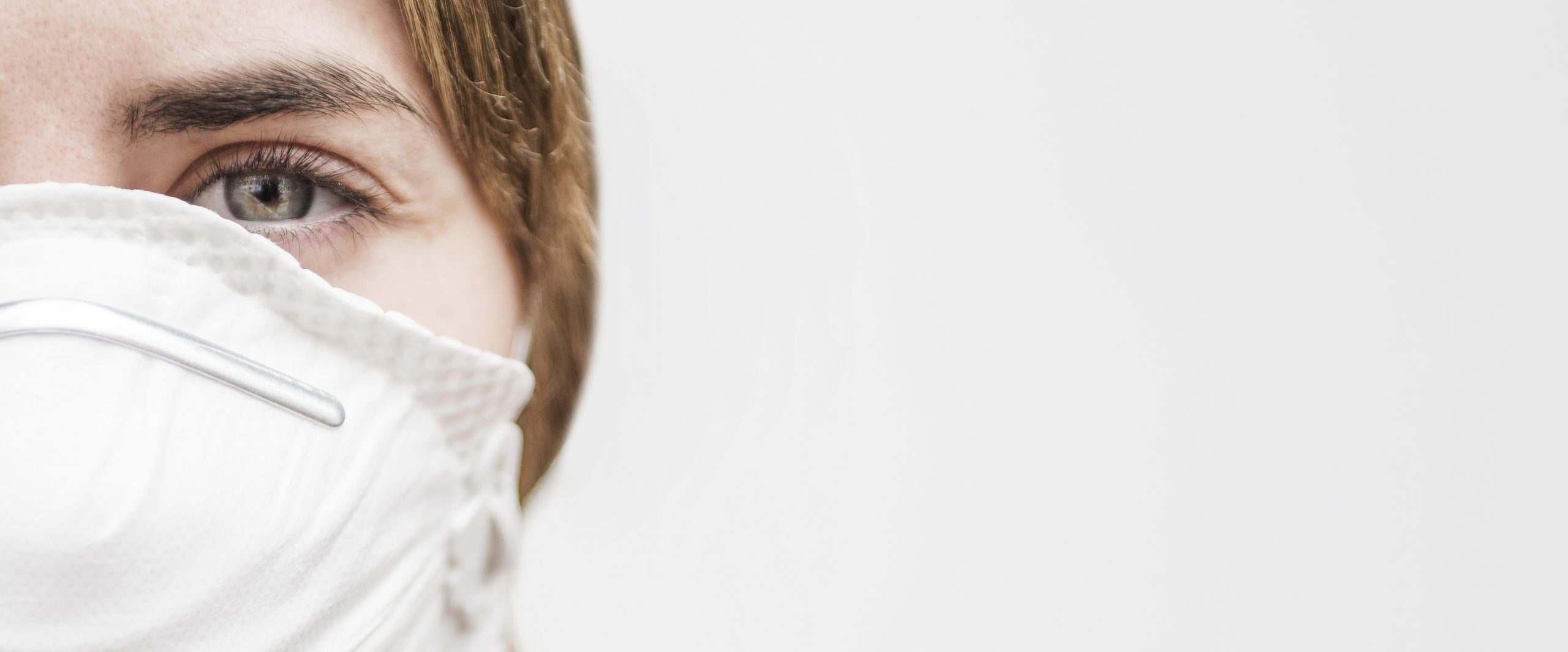The eyes represent a possible route of SARS-CoV-2 in the body. Over time, the effects of the SARS-CoV-2 coronavirus on health are becoming better known, and the role of the ocular surface as a possible portal of entry for the virus and as a reservoir and site of transmission has been extensively studied.
Recently, live viruses have been identified in ocular fluids and both corneal and conjunctival epithelia have been shown to express ACE2, DC-SIGN/DC-SIGNR, and TMPRSS2 receptors, through which the virus penetrates cells, suggesting that the ocular surface is a potential route of infection and transmission of SARS-CoV-2.
Furthermore, it has been shown that the risk of ocular contagion increases in the case of abnormalities of the tear film, as occurs in dry eye syndrome. In this case, the epithelial microvilli of the conjunctiva are damaged and the ocular surface is more vulnerable to infectious microorganisms. This observation has led to the idea that the tear film may form a protective barrier against the virus, but at the same time, if the virus manages to penetrate the tear layer, its drainage causes it to be transported into the naso-lacrimal system, from where SARS-CoV-2 can easily enter the body through the respiratory tract.
Having established, therefore, that infection through the eye is possible, the development of strategies to reduce the risk of coronavirus entering the body via the ocular surface may be a useful method of preventing infection.

An all-Italian team of researchers has developed an ozone-based eye gel (O3) that seems to be able to prevent new coronavirus infection through the eyes and COVID-19, just as we do with masks and natural protection of our respiratory tracts. Ozone (O3) is a molecule capable of interfering with the access of viruses into cells and also has anti-inflammatory, immunogenic and antiviral properties. O3 has been recognised as one of the best antimicrobial agents, probably because of the transient oxidative stress it induces in cells. THE O3 is also used in medicine to disinfect and treat infections by bacteria, viruses, fungi, yeasts and protozoa. The effectiveness of ozone against viruses is due to its ability to damage the viral capsid, i.e. the envelope in which the virus genome is enclosed. In addition, ozone enables physiological wound healing and minimises the risk of keloids.
Because of all these properties, over time, many formulations have been developed to use ozone in clinical practice, for example in the form of topical preparations. Ozone ophthalmic gels are already used to soothe the symptoms of inflammatory eye diseases, including those of infectious origin.
In the recent Italian study, a liposomal ozonated oil in gel for eye drops (OED) was developed, which was shown to reduce SARS-CoV-2 infection in the eye. This ophthalmic gel based on O3 appears to be able to inhibit viral replication and virus entry into cells on the surface of the eye. In addition, it appears to be able to restore cell regeneration and control inflammation in dry eye syndrome. The barrier effect against the entry of the virus through the eyes also helps prevent its passage into the naso-lacrimal system.
In conclusion, the topical administration of ozone gel seems to be able to reduce the risk of SARS-CoV-2 infection via the eye surface and could become an essential SARS-CoVID-19 safeguard procedure not only for healthcare workers, but also for the entire population. However, this is still an in vitro study, the results of which will have to be confirmed by studies in animal models and in humans.
Bibliography
Stanislao Rizzo et al, COVID-19 Ocular Prophylaxis: The Potential Role of Ozonated-Oils in Liposome Eyedrop Gel, Translational Vision Science & Technology August 2021, Vol.10, 7. doi:https://doi.org/10.1167/tvst.10.9.7
Dr. Carmelo Chines
Direttore responsabile
